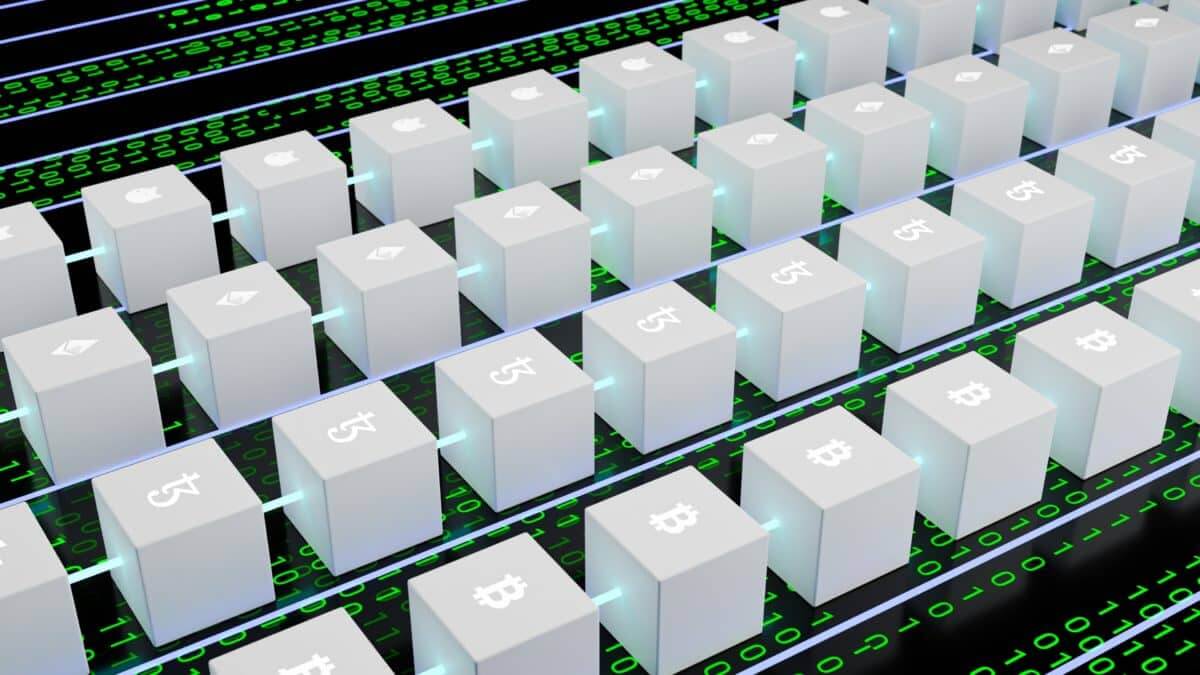
Real-world asset tokenization: Blockchain technology’s role in enabling it
Tokenization is a concept that has been for a while and started to receive significant attention in 2016 and 2017. The premise, however, was severely undermined by the bad market that followed, particularly because it was referred to as the “ICO Bubble.” The introduction of DeFi did little more than draw attention away from this concept. However, the introduction of NFTs was able to reclaim the spotlight, giving tokenization some much-needed visibility.
Over the past several years, there has been a steady rise in the tokenization of physical assets. Clearly, the art market has played a major role in this growth. In addition to gold and other valuables, real estate has contributed to this first shift. Tokenization advances from “ownership” to “evidence.” It also provides a method for immutably verifying and confirming information. Tokenization is just getting started. Ravencoin is one of the blockchains that supports the tokenization of physical assets.
Despite recently receiving some exposure as a result of Ethereum switching to POS, Ravencoin has a propensity to go under the radar. ETH and other organizations are given so much attention. But when it comes to Ravencoin, there are a few things that make me appreciate it. You must also ponder how Ethereum has garnered such prominence throughout the years.
No Premine and No ICO
The lack of an ICO and a premine makes Ravencoin almost unique. With a better moral footing than ETH, which had both, Ravencoin has a “integral authority.” In that it is just code, Ravencoin is like Bitcoin. The “qualities” that prevent Bitcoin from being classified as a security also apply to Ravencoin. This continuous “security” mess has yet to blow up… And here it is!
The design of Ethereum was never ideal. However, in my perspective, recent “advancements” have slightly tarnished it. In a project like Ethereum, strong and focused centralization is absolutely not a good thing. There are no executives, managers, or treasuries in Ravencoin. Many things are frequently expressed regarding the ETH developers. However, what comes to mind when you think of ETH, in all honesty? You’re correct, Vitalik!
There doesn’t seem to be the cult-like atmosphere that is so common in so many other projects, despite the fact that Tron Black is actively engaging the public with Ravencoin. Our enthusiasm of Ravencoin is mostly due to its ethical foundation. It seems to be much less tainted by typical power brokers and egotistical individuals. You might argue, “That’s all well and good, but is it a wise investment?”
Effort & Future Blockchain Prospects
That’s the million-dollar question, and it applies to Ravencoin as well as every other alternative cryptocurrency. Many initiatives have great promise and appear promising on paper, yet they never materialize. However, prior performance can be used to determine how the market feels about a specific initiative. Ironically, Ravencoin debuted just as the 2017 bull market was reaching its zenith. In December 2017, Bitcoin reached its peak. But around January or February of the next year, alts reached their apex.
Despite the negative market, Ravencoin, which was introduced in January 2018 and started trading in March, managed to fare quite well. I want to contrast Ravencoin’s performance with that of a somewhat successful project like Cardano. You can see from the screenshot below that ADA fell from around $1.08 in January to a bear market low of roughly $0.018.




